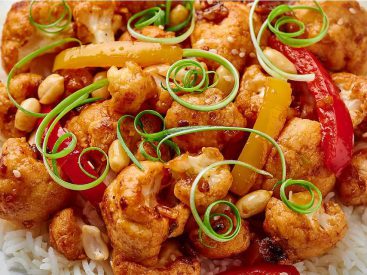Vicki Hayward loves to cook. As a nutrition and food safety educator for the University of Wyoming Extension, she regularly works with those looking to improve their culinary knowledge and skill. If you’re looking for an easy way to get into the habit of hearty and healthy cooking, Hayward […]
Delicious!
Delicious!



